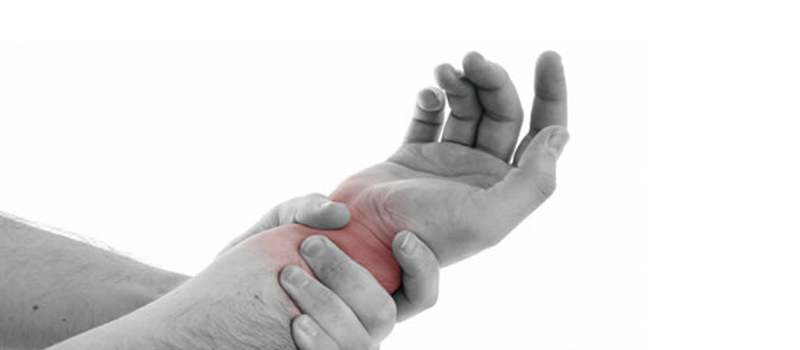Whether it’s a sports injury or a freak accident, there’s nothing worse than a sprained wrist. This minor injury can affect all areas of your life as it decreases your mobility and makes it hard to do small tasks. If you’ve recently had an accident, it’s important that you ease the pain and speed up the recovery period. Here are just six tips to help you along the way.
Protect your wrist
Protecting your wrist from any further damage will be your top priority. A medical professional will likely wrap it in a sling to keep it safe. However, it really is up to you to make sure that you don’t knock it or make it worse in any way at all. If you have to continue working during the healing period, you will need to keep your wrist as safe as possible at all times. You could get a foam protector or other gear that will keep it out of harm’s way. While this is sure to be tricky, it’s crucial. Bumps and knocks will only serve to further damage the area and slow down the recovery time.
Use cooling therapy
At times, you will find that the pain of the injury will be extremely severe. You may already be taking painkillers to help you out, but there are other ways in which you can help yourself. Cooling therapy is one of the most popular forms of treatment here and is suggested as an alternative remedy by WebMD. Use some ice wrapped in a cloth and place it directly on the area for 20-30 minutes at a time. You can repeat this process every 3-4 hours over the course of each day. This type of treatment is recommended for the first few days after you sprain your wrist.
Make dressing easier
One of the trickiest things with which you have to cope after spraining your wrist is dressing. Some of the things that you once found simple, like putting on your shoes, will be more difficult than ever. This can be frustrating at first. Luckily, there are tools you can get that will help you address this very problem. For example, long-handled shoe horns are readily available online and could prove to be a huge help throughout this period. Using a tool like this one means that you don’t have to bend over to put on your shoes and that you can make the entire process much smoother.
Strengthen your arm with exercises
Since your arm will ultimately be inactive for a long period of time while it recovers, it will become weaker and weaker. Needless to say, this can turn out to be a rather major problem. The easiest way to counteract the damage that can be done here is to strengthen your arms through mild exercise. Your doctor will aid you in creating a short and simple workout routine to practice each and every day. It may be as simple as moving your arm backward and forward when you are sitting still. Equally, you could practice lifting small objects and work your way up to bigger things.
Elevate your wrist
When you’re simply sitting at home and relaxing, you should do all you can to give yourself the relief that you need. One of the ways in which you can do this is by elevating your wrist above your heart. You could use a pillow or a cushion to prop your arm up. You may also want to lean back or even lie down at this point to make sure that your heart is below your wrist level. It may feel a little odd to start with, but you will soon get used to it. This is a tried and tested method than many medical professionals recommend in these situations.
Use a bandage to compress the area
Swelling will be one of the major issues that you face when you sprain your wrist. Not only can this be massively uncomfortable, but it can also lead to further medical problems. That is where the compression element of your treatment comes into play. To compress the wrist, you will need to use an elastic bandage and wrap it around the area. Ensure that this is not too tight as that can actually make the swelling worse as a direct reaction to that. Should you notice any tingling, numbness, or excessive pain in the wrist, you may find that you need to loosen the bandage a little. In general, you will only need to use the compression method for the first couple of days after the sprain happens.

